Historic Markers in the City of Mobile
There are seven historic markers located in the Fort Condé area. The area is small enough to allow interested parties to view the markers via a walking tour. This area is bordered by Church, St. Emanuel, Monroe, and Water streets.
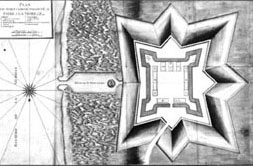
Marker Number 1: Original site of Forts St. Louis (1711- 1720), Condé (1720-1763), and Charlotte (1763-1823).
Location: South side of Church Street, 1/2 block east of Christ Church.
Text: Upon this very spot were built the forts which gave protection to that tiny settlement from which our city has now grown.
Needha M. Bryan Chapter,
Daughters of the American Revolution 1938
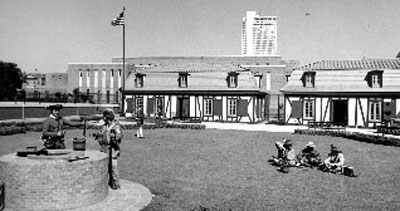
Marker Number 2: Fort Condé.
Location: Southwest corner of Church, at Royal.
Text: Reconstructed portion of French Fort Condé for the City of Mobile in honor of America's Bicentennial.
City of Mobile 1976
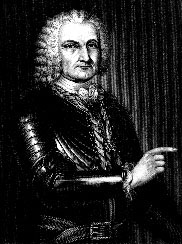
Marker Number 3: Jean Baptiste Le Moyne, Sieur de Bienville.
Location: East side of Royal, 1/2 block south of Church.
Text: At twenty-two, he brought to reality the dreams of Louis XIV and LaSalle, and founded on the Mobile River the first capital of French Louisiana.
Julian Lee Rayford sculptor
City of Mobile 1973

Historic Mobile Preservation Society 1949
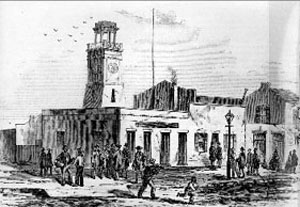
Marker Number 5: Mobile's First Jail.
Location: 104 Theater Street. (Condé-Charlotte Museum House.)
Text: Here within Fort Charlotte was Mobile's first jail.
Historic Mobile Preservation Society 1938
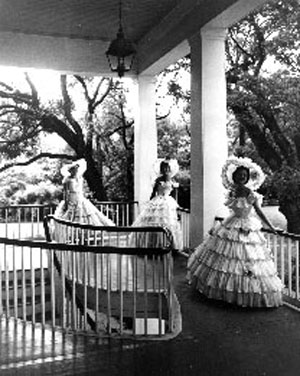
Marker Number 6: The Official Beginning of the Mobile Azalea Trail.
Location: Southeast corner of Church, at Royal.
Text: The Mobile Azalea Trail originated in 1929 as a project of the Junior Chamber of Commerce for the promotion of the planting and growing of azaleas in Mobile. The trail itself is a driving tour marked by the "Pink Line." Both the downtown and West Mobile tours highlight the beauty, grace, and charm of the city. Today, the Azalea Trail is a project of the Mobile Azalea Trail and Festival for the promotion of tourism in Mobile.
Mobile Chamber of Commerce (not dated)

Marker Number 7: Revolutionary War at Mobile.
Location: Northwest corner of Church, at Theater Street.
Text: Siege of Fort Charlotte (Condé), 1780. Spain, America's ally, declared war on Great Britain in June 1779. Bernardo de Galvez, governor of Spanish Louisiana at New Orleans, led the attack against the British along the lower Mississippi River and Gulf Coast. In February 1780, Galvez laid siege upon the British forces here at Fort Charlotte (Condé), resulting in its surrender and the capture of the city of Mobile, March 14, 1780. Galvez next captured Pensacola and accepted the surrender of West Florida, May 9, 1781, thus aiding the American colonists by removing the British threat from the Gulf of Mexico.
Sons of the Revolution in the State of Alabama 1996


